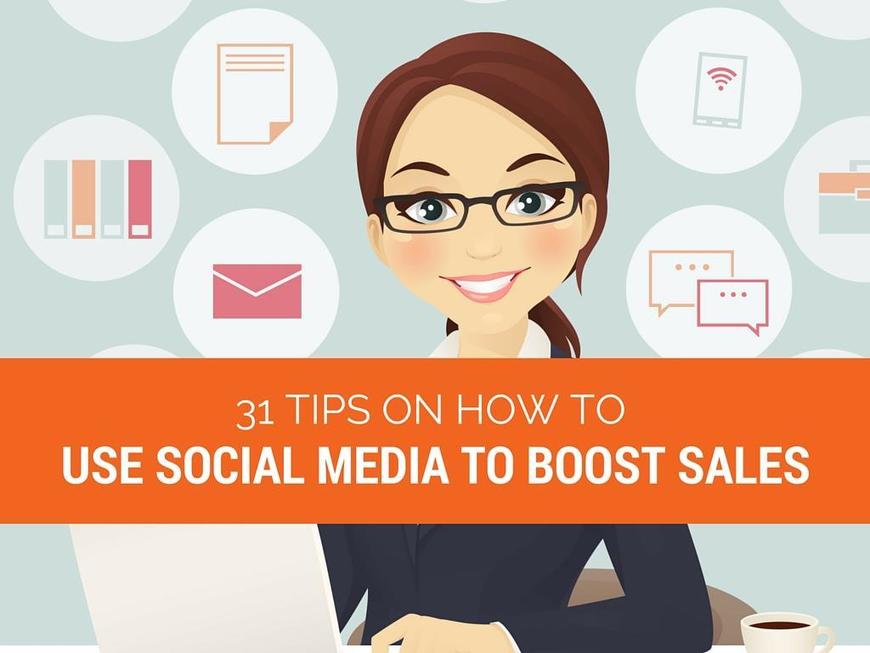When it’s done right, social media has enormous potential for brands that are trying to scale their business.
On the other hand, when social media goes wrong the results can be disastrous, resulting in the loss of valuable followers, terrible PR coverage and even job losses.
From the uncomfortably creepy “drink spiking ad” created by Bloomingdale’s, to BBC World’s false announcement that the queen had died, the past couple of years have had their fair share of headline-making social media blunders.

To avoid the embarrassment and setbacks that come with making major social media mistakes, I’ve composed a list of the six most common mistakes that I see brands making.
Are you making these mistakes on your social media?
- Buying Fake Likes and Followers
Increasing the number of new likes and followers that you have on social media is a key priority for most brands, so it can be tempting to purchase them online. Sites like Fiverr and PeoplePerHour allow you to purchase social media likes and followers in the tens of thousands for $10 or less, but doing so could have significant negative impacts on your social media efforts as a whole.
For one, paying for fans and likes is detrimental to brand awareness efforts because it makes it tough to build a real, loyal following. Fake followers add very little value to your community since they are unlikely to engage with your posts, share your content, and become brand advocates, which is ultimately what social media is all about.
- Sharing Stale and Irrelevant Content
In order to see a positive ROI from social media marketing, you need to share fresh and engaging content with your audience. You should always be aiming to position your brand as an authority in its niche. This challenge can seem a little daunting at first, but as long as you provide your audience with a unique reason to follow you then you’ll be on the right track.
If you just consistently share the same content as the other brands in your industry, think about why your target audience would bother to follow you?
Sharing irrelevant, off-brand content is another common mistake that I see brands make on social media. When writing a post, it is useful to ask yourself the following question. “What value am I providing my audience by sharing this piece of content with them?” Is the post something your audience would find entertaining? Or, are you are you solving a problem of theirs? Be sure to know the interests and pain points of your audience so that you can create content that appeals to them directly.
- Using Every Platform For the Sake of Them All
Having a presence on two or three social media platforms can be advantageous for most brands, but being on every social media network is likely to be a waste of time and money. Devising a clear strategy for the platform(s) that your target audience actively uses is the first step to creating a profitable social media strategy.
For instance, if your brand sells active wear aimed at a teenage audience then making it a focus to grow your LinkedIn following in 2017 is likely to be less profitable than growing your presence on Snapchat, Instagram and Facebook, where this demographic spends most of its time. Pew Research Center recently published some valuable data on the demographics of key social media platforms which can offer great insights into your audience’s preferences.
- Not Using Management Tools
Singlehandedly managing all of your social media profiles without a management tool can be a daunting task. With so many great social media management tools available today, there’s no reason for marketers not to incorporate them into their workflow. There are plenty of benefits to using a management tool, which include monitoring multiple social media feeds in a single dashboard, scheduling posts in advance, social media listening, and centrally managing customer questions and queries. You can even integrate your social media management tool with your CRM system for more streamlined customer connections.
There are several tested management tools on the market today. The crowd favourite in 2016 is Hootsuite, a social media management and analytics tool that offers free and paid subscriptions. Its easy-to-use interface makes it the preferred choice of many small businesses.
For most brands, the free version of Hootsuite is likely to be sufficient as it allows users to add up to three social media platforms per subscription. For larger businesses wanting to add more platforms, there are also paid versions available.
- Not Tracking Your Successes (and Failures)
One of the biggest mistakes that brands can make on social media is not tracking their results. Are your posts reaching the right audience? Do they bring in qualified traffic on a regular basis? Without a report that measures your success on social media, you won’t be able to measure how well you’re doing.
Expert Market recommend creating a spreadsheet that keeps track of the new likes, followers, engagement, website traffic and conversions generated from your social media activities. You should fill it in on a monthly basis. Tools like Hootsuite, Sprout Social, Statusbrew and Google Analytics are all excellent tools for finding these metrics and tracking your ROI from social media, which can be joined for free.
- Not Scheduling Your Posts
Do you have a set time that you post on social media? Do you post on an ad hoc basis? Both of these approaches may be negatively affecting the success of your social media marketing.
It is important to test posting at various times of day to determine when the best time is for your audience. Begin by testing commuting hours, evenings, and on the weekends. The number of impressions and engagement you receive will depend on the lifestyle habits of the audience that you are trying to target. There is no one-size fits all approach. If you are a retail brand, you may find that posting on the weekends when users are shopping on their mobiles and tablets gets better results than posting mid-afternoon on a weekday when users are working.
An additional note for Facebook marketers:
In July 2016, Facebook made changes to its newsfeed algorithm which affected businesses both big and small. In a post titled “Building a Better Newsfeed for You,” the social media giant explained how it was changing the way that users receive updates. The post explained that Facebook would now prioritize posts from a user’s friends and family over news sources and businesses that they follow.
This update has had a significant impact on the number of impressions and engagement that businesses receive. This is especially true of small businesses, who lack the time and resources to compete with larger brands. For smaller businesses, some marketers have found success posting in the late evenings/early mornings, when others are less active, to “beat” the algorithm.
At Insightly, we offer a CRM used by small and mid-sized businesses from a variety of verticals. Learn about all of Insightly’s features and plans on our pricing page or sign up for a free trial.
 Karla is a content and social media marketer at Expert Market within their London office. Karla is passionate about helping small businesses grow through content marketing and strategic planning, having founded her own marketing consultancy prior to joining Expert Market which serviced start-ups worldwide.
Karla is a content and social media marketer at Expert Market within their London office. Karla is passionate about helping small businesses grow through content marketing and strategic planning, having founded her own marketing consultancy prior to joining Expert Market which serviced start-ups worldwide.






